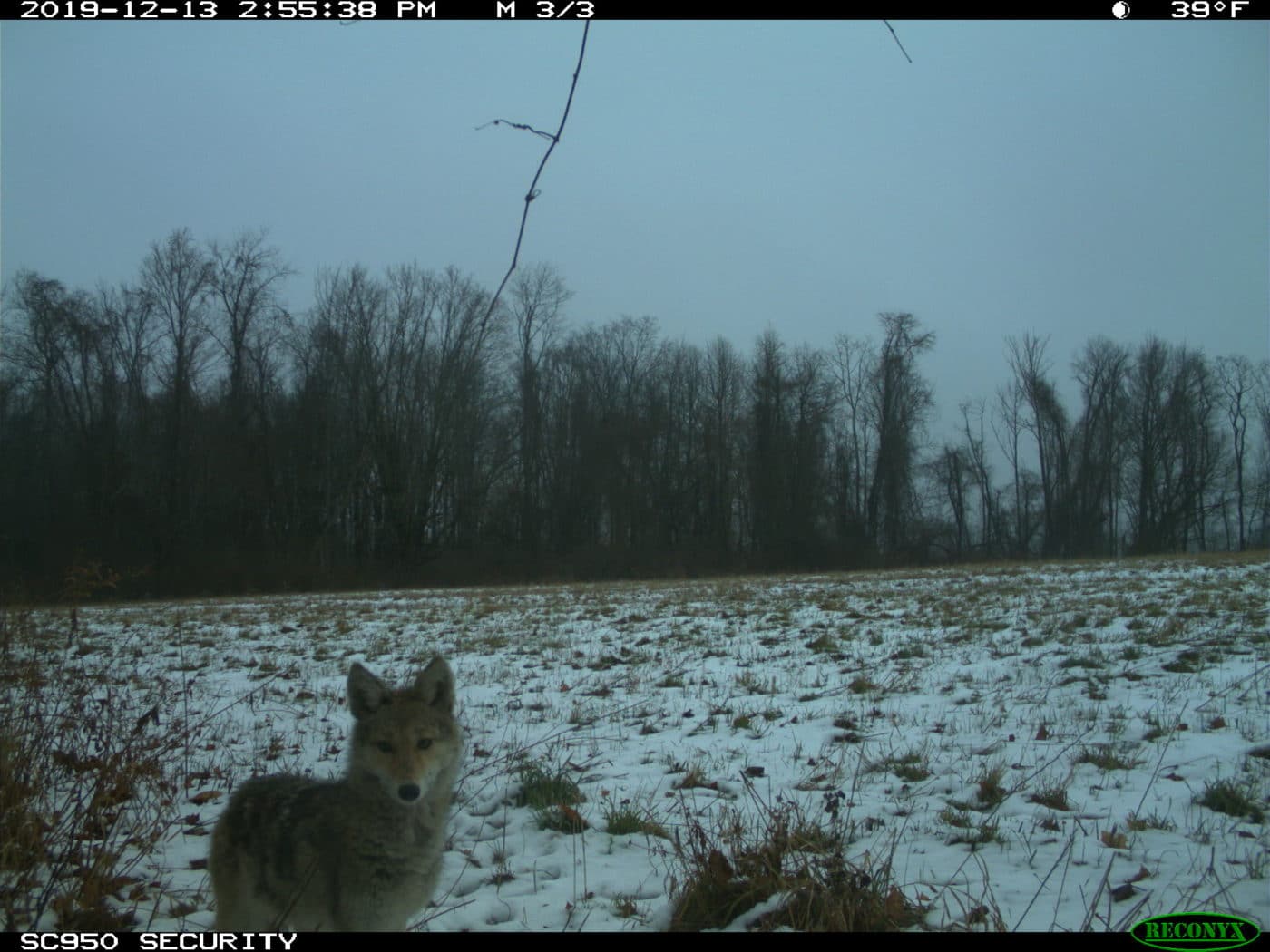
It’s that time of year again, when the days begin to fall shorter and the nights colder. As we prepare for the cooler months of autumn and winter, so do the wild species sharing our landscape.
For different species, those preparations will vary. But one thing is certain – winter is harsh, and provisions must be aplenty. In Aesop’s fable of the grasshopper and the ant, the grasshopper has been distracted making music all summer long while the ants busily prepare for the harsh months ahead. It isn’t until late autumn, as the ants ready themselves to hunker down in their nest for the winter that the hungry grasshopper realizes the error of his ways. Though it’s just a tale, it bears some truth to it. Wild creatures instinctively know that winter brings with it a severe resource deficit. So how do they prepare?
Some animals hibernate, of course. Hibernation is a state of energy-conservation in order to survive winter. Hibernating animals slow their heart rate, breathing rate, and metabolic rate in order to save energy. Perhaps the most famous example of hibernators is bears. In actuality, however, bears are not true hibernators. Bears actually enter a state called torpor, which is a lighter and involuntary sleep-state. Larger animals typically enter torpor, while smaller animals such as chipmunks, mice, ground squirrels, bees, snakes, frogs, and bats hibernate.
Torpor typically does not last as long as hibernation, and animals are able to wake up to feed, evade dangerous situations, or even give birth. To prepare for torpor or hibernation it is crucial that animals enter a state called hyperphagia, which is excessive eating and drinking. This will increase their energy reserves to help them survive long periods of no food.
But not all animals are inactive during the winter months. Coyotes, for example, remain active year-round. Throughout the winter, they will continue to hunt small mammals and scavenge for food wherever they may find it. Like wolves, they’ll grow thick undercoats allowing them to conserve energy by remaining warm and comfortable in the frigid weather. In the thick of winter, January-March is also breeding season for wolves and coyotes, and as monogamous species they will remain with their mates for life.
Other animals instead abandon their summer breeding habitats in favor of warmer over-wintering climates. Many species of birds and insects will migrate elsewhere for the winter where the landscape remains rich in resources. In September and October, we’ll see and hear evidence of birds migrating South, though they often make their journeys at night while relying on the moon and stars to guide them. At night, the atmosphere is a bit less turbulent so they’re able to travel with more ease. Because of this nocturnal travel, it is especially crucial that during migration season that we turn off our outdoor lights so as not to disorient birds and steer them off-course.
Though preparations might vary significantly among species, they all share the instinctual knowledge that they must ready themselves for the approaching change in seasons.
The post Changing Seasons Bring Cool Temps and Cooler Wildlife Adaptations first appeared on Wolf Conservation Centre.

Last 3 Comments